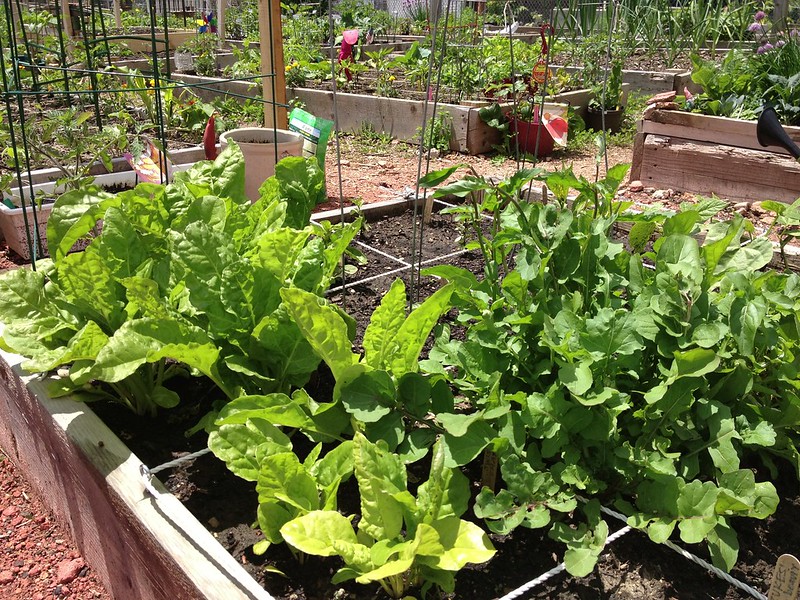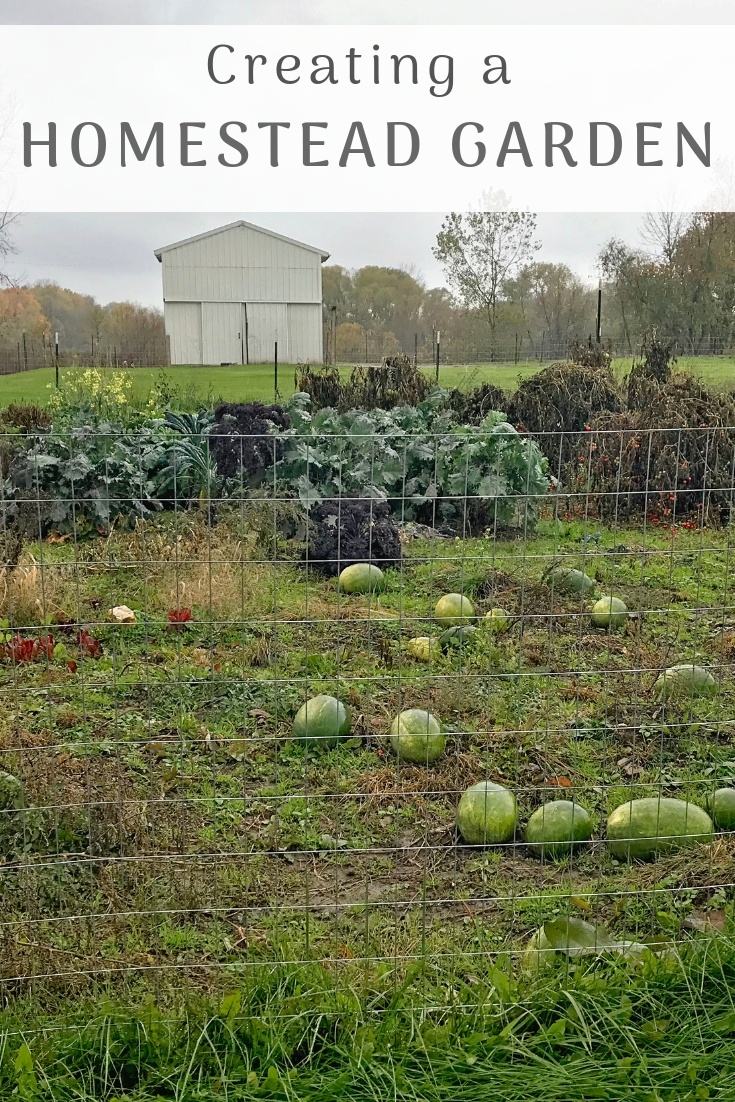Enhance Your Outdoor Area With Creative Gardening Styles and Designs
By exploring various designs, such as the enchanting informality of home yards or the minimalism of modern-day aesthetics, one can substantially elevate the setting of their surroundings. Furthermore, integrating upright horticulture techniques and lasting methods not only enhances visual charm but also advertises environmental awareness.

Home Yard Beauty
Home gardens, typically identified by their rich, informal layouts, welcome an unified mix of blossoms, vegetables, and natural herbs, developing a dynamic tapestry of color and fragrance. This traditional horticulture design go back to the late 19th century, coming from England, and is valued for its charming, enchanting appeal.
Key aspects of home yards include making use of seasonal plants, climbing creeping plants, and self-seeding annuals, which add to an ever-evolving landscape. Growing in thick clusters urges a naturalistic look, enabling for a diverse mix of shades and appearances. Popular blossoms such as delphiniums, foxgloves, and hollyhocks intermingle with great smelling natural herbs like lavender and rosemary, enhancing sensory experiences while advertising biodiversity.
Incorporating rustic attributes, such as weathered trellises, wood fences, or rock pathways, further improves the aesthetic of a home yard. This style not just prioritizes elegance however additionally accepts sustainability, as many plants are selected for their capacity to draw in pollinators and give food. Eventually, the home garden appeal hinges on its kicked back, welcoming environment, urging a deep connection with nature while using an idyllic resort for leisure and enjoyment.
Modern Landscape Aesthetics
While the appeal of home yards evokes a feeling of fond memories and whimsy, contemporary landscape appearances embrace a more streamlined and minimalist method. This contemporary design emphasizes simplicity, performance, and an integration with the surrounding atmosphere. Clean lines, geometric forms, and a limited color combination identify modern landscape design, enabling nature's beauty to take spotlight without unneeded diversions.
Products play an important function in attaining this visual. Concrete, steel, and natural stone are frequently used to produce hardscapes that match the landscape instead of bewilder it. In enhancement, the mindful option of plants is basic; ornamental grasses and native species are frequently favored for their low maintenance and ability to thrive in local conditions.
Water features, such as sleek fish ponds or mirroring pools, are also essential to modern designs, providing serenity and a centerpiece. Lasting techniques, consisting of xeriscaping and making use of permeable materials, boost the eco-friendly duty of contemporary landscaping. Ultimately, modern-day landscape aesthetics supply a possibility to produce peaceful outdoor rooms that mirror contemporary values while promoting a deeper link to nature.
Vertical Gardening Technologies
Upright gardening technologies have actually transformed the way we come close to gardening in restricted spaces, enabling the farming of plants in metropolitan environments where ground room is limited. These innovative strategies and structures permit garden enthusiasts to take full advantage of vertical surface areas, transforming wall surfaces, fencings, and even porches into lavish eco-friendly spaces.
One famous development is using modular systems, which consist of interlacing panels that can be quickly mounted and reorganized - Homestead Gardening. These panels often come furnished with built-in irrigation systems, making certain that plants get ample wetness while decreasing water waste. Additionally, upright yards important link can integrate a selection of plants, from flowering types to edible natural herbs, promoting biodiversity and improving appearances
One more notable advancement is the combination of clever modern technology, such as sensors that keep an eye on dirt moisture and nutrient levels. This innovation enables precise care tailored to the demands of specific plants, ensuring optimal growth and wellness. In addition, lightweight materials and vertical planters made from recycled items add to sustainability while minimizing the physical worry of traditional gardening.
Sustainable Gardening Practices
Sustainable horticulture methods have emerged as an important method for gardeners looking for to decrease their ecological effect while improving the health of their ecological communities. These methods concentrate on the mindful administration of natural deposits, advertising biodiversity, and cultivating a durable landscape.
One key element of lasting gardening is soil wellness. Using organic garden compost, mulching, and plant rotation improves the soil, promoting beneficial microbes and minimizing the need for chemical plant foods. Furthermore, native plants are urged, as they need much less water and are a lot more resistant to neighborhood bugs, thus lowering reliance on chemicals.

In addition, lasting gardening urges making use of recycled products for yard structures and paths, reducing waste and ecological influence. By embracing these techniques, garden enthusiasts can create a thriving outside room that balances with nature, guaranteeing both individual enjoyment and environmental responsibility.
Themed Garden Inspirations
Developing a themed garden can transform an average outside area right into a captivating haven that mirrors individual style and interests. Themed yards supply an unique chance to reveal creative thinking while enhancing the aesthetic charm of one's landscape. Popular styles consist of Japanese Zen yards, which stress tranquility through very carefully set up rocks, water attributes, and minimal plantings.
Another inspiring theme is the cottage garden, defined by an informal design filled up with a wealth of great smelling natural herbs and vivid blossoms. This design advertises biodiversity and brings in pollinators, making it both ecologically beneficial and gorgeous.
For those with a penchant for adventure, a tropical yard can stimulate a trip feeling, including strong foliage, vibrant blossoms, and probably also a little water function to imitate a resort ambience.
Conversely, a themed yard can draw inspiration from literature or history, such as a Shakespearean yard that integrates plants discussed in the Bard's jobs.
Picking a style not only provides instructions in plant choice and design but additionally produces a natural atmosphere that invites exploration and satisfaction, making outside spaces absolutely distinctive.
Final Thought

Incorporating rustic features, such as weathered trellises, wood fencings, or stone paths, even more improves the visual of a home garden. Additionally, vertical yards can include a useful site selection of plants, from flowering species to edible herbs, advertising biodiversity and improving visual appeals.
Creating a themed garden can transform a normal exterior space into a fascinating shelter that shows individual design and passions. Themed yards offer an unique opportunity to express imagination while improving the aesthetic charm of one's landscape. The appeal of cottage gardens, the sleekness of modern landscapes, ingenious vertical gardening techniques, sustainable practices, and themed yards each add one-of-a-kind components that cultivate both elegance and capability.
Comments on “How to Overcome Issues in Homestead Gardening”